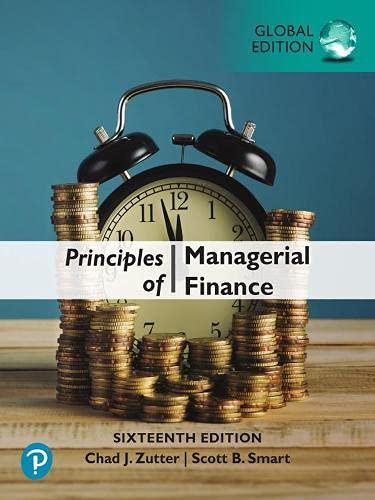Question
(20 points total) 4. Below is the foundation of the two-period consumption model discussed in class. You are given the no lending no borrowing

(20 points total) 4. Below is the foundation of the two-period consumption model discussed in class. You are given the no lending no borrowing point (NL/NB) for this economic agent. NL/NB a) [2.5]Clearly label both the vertical and the horizontal axis in this model. b) [2.5]Assume the Fed sets the real interest rate at FED. Draw a budget constraint assuming that this consumer can borrow and save at D. Label this BCFED In the 'real world' the rate at which you can borrow and the rate at which you can save are different than the Federal Funds rate set by the FOMC. For instance, the rate at which someone can save is traditionally less than the Federal Funds rate and the rate at which someone can borrow is traditionally higher than the Federal Funds rate. c) [2.5]Why, in the real world, do we traditionally see the rate at which an individual can save is different than the rate at which an individual can borrow? Let r represent the rate at which a consumer can borrow, which is greater than D and let r represent the rate at which a consumer can save, which is less than rFED d) [5]Draw me a budget constraint assuming that is the rate at which this economic agent can borrow and r is the rate at which this economic agent can save. Label this BCREAL
Step by Step Solution
There are 3 Steps involved in it
Step: 1

Get Instant Access with AI-Powered Solutions
See step-by-step solutions with expert insights and AI powered tools for academic success
Step: 2

Step: 3

Ace Your Homework with AI
Get the answers you need in no time with our AI-driven, step-by-step assistance
Get Started



